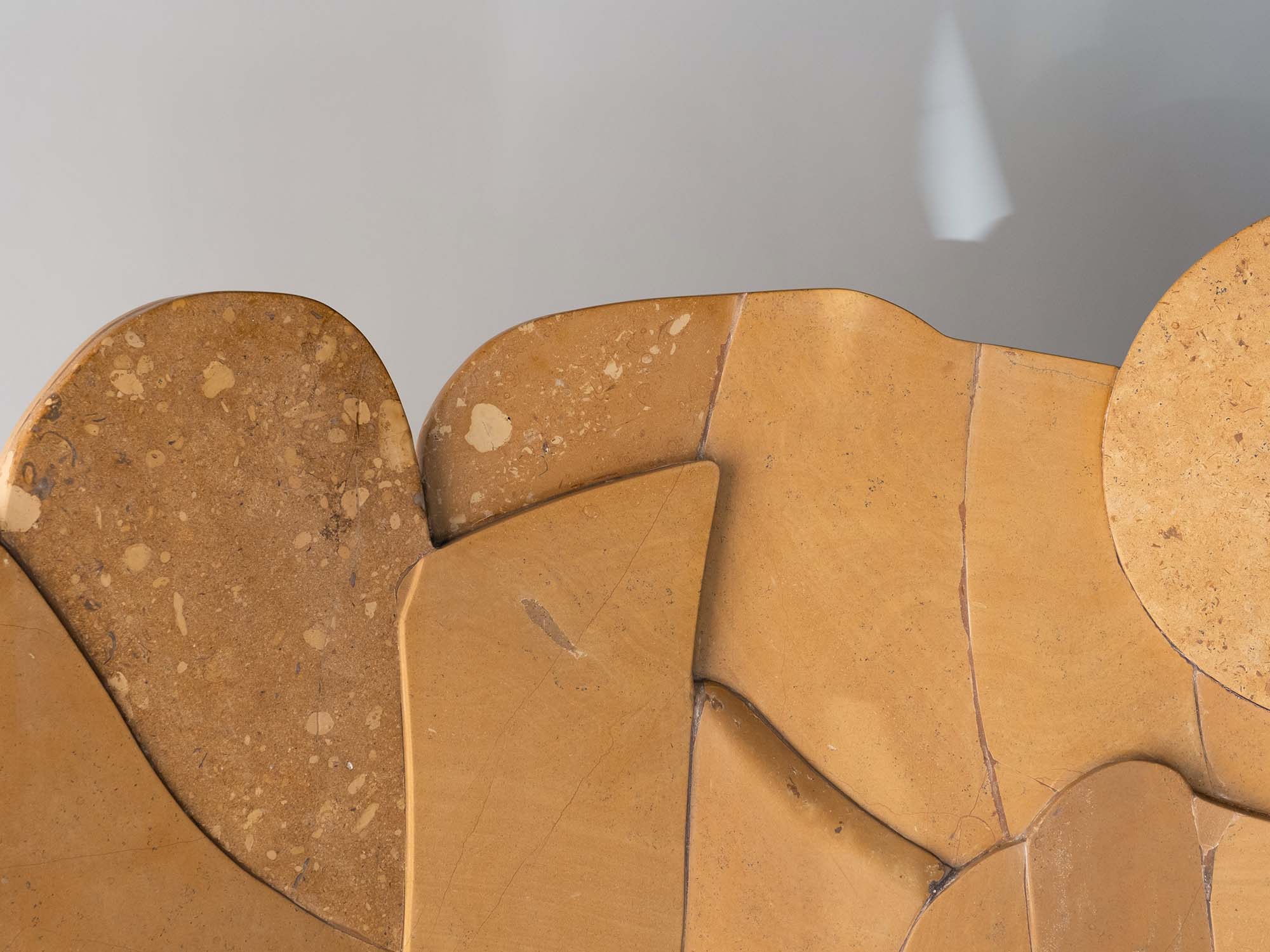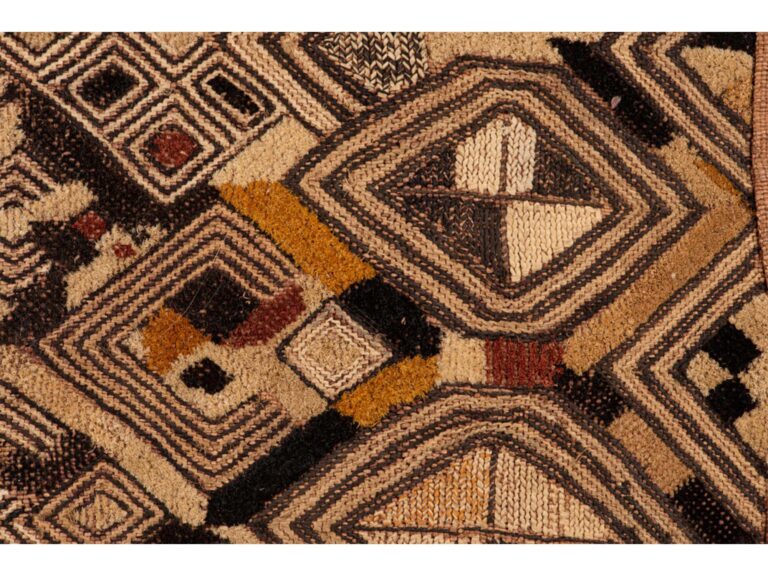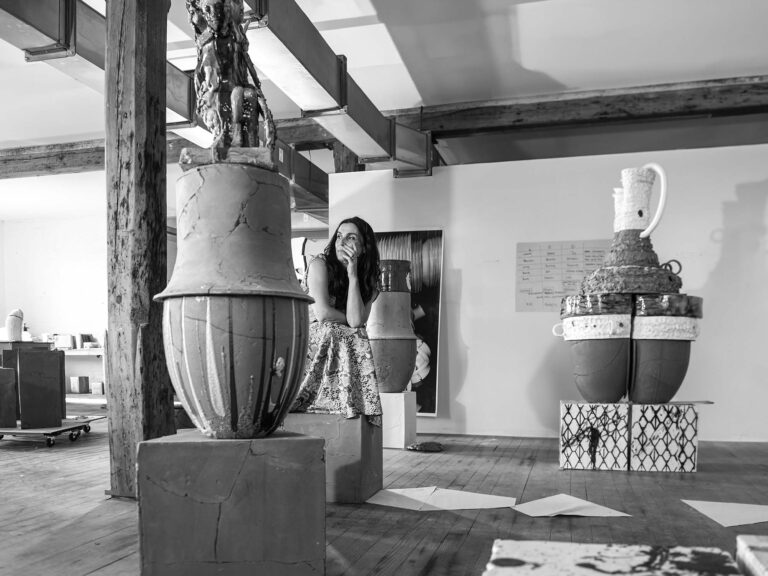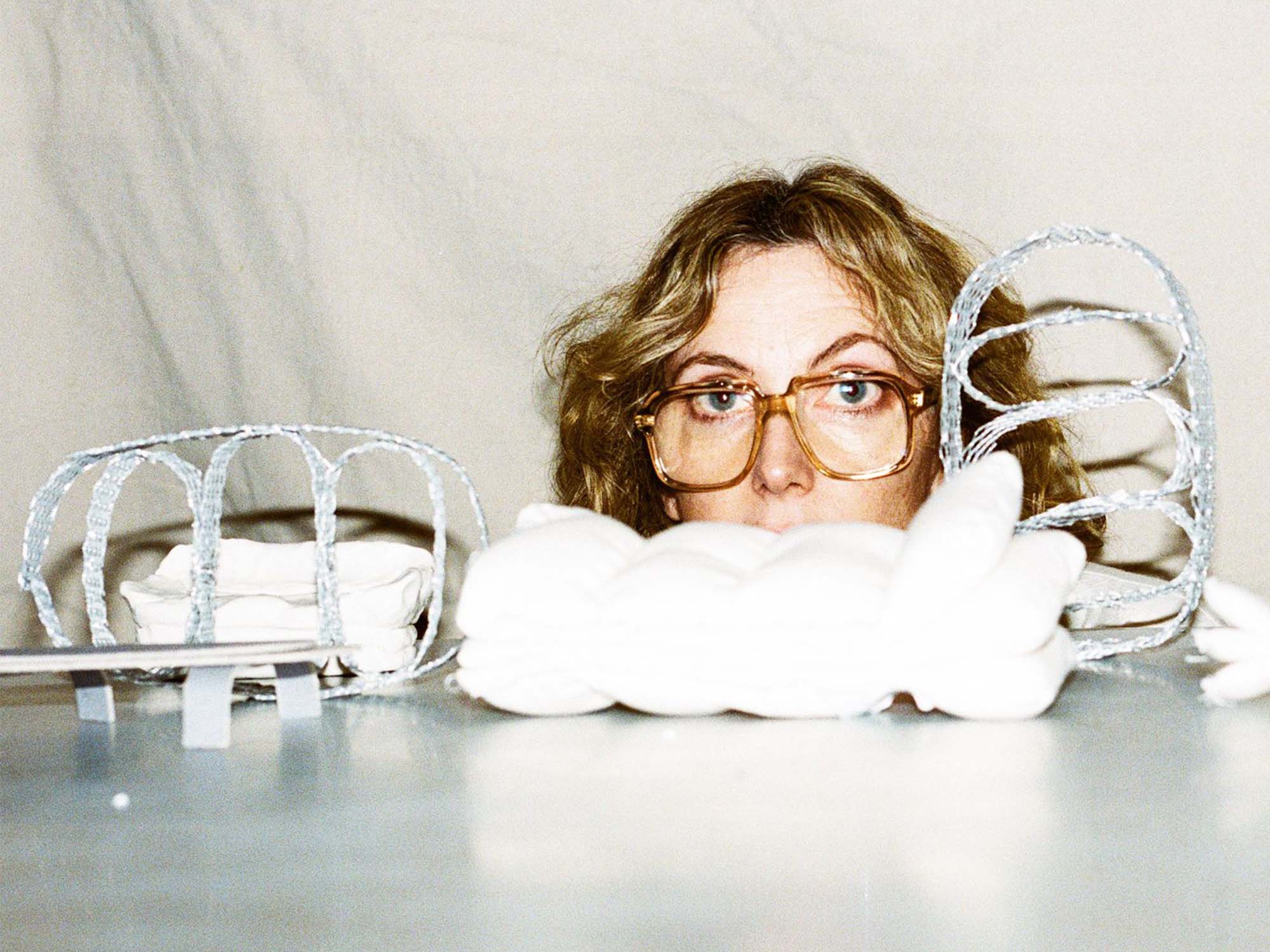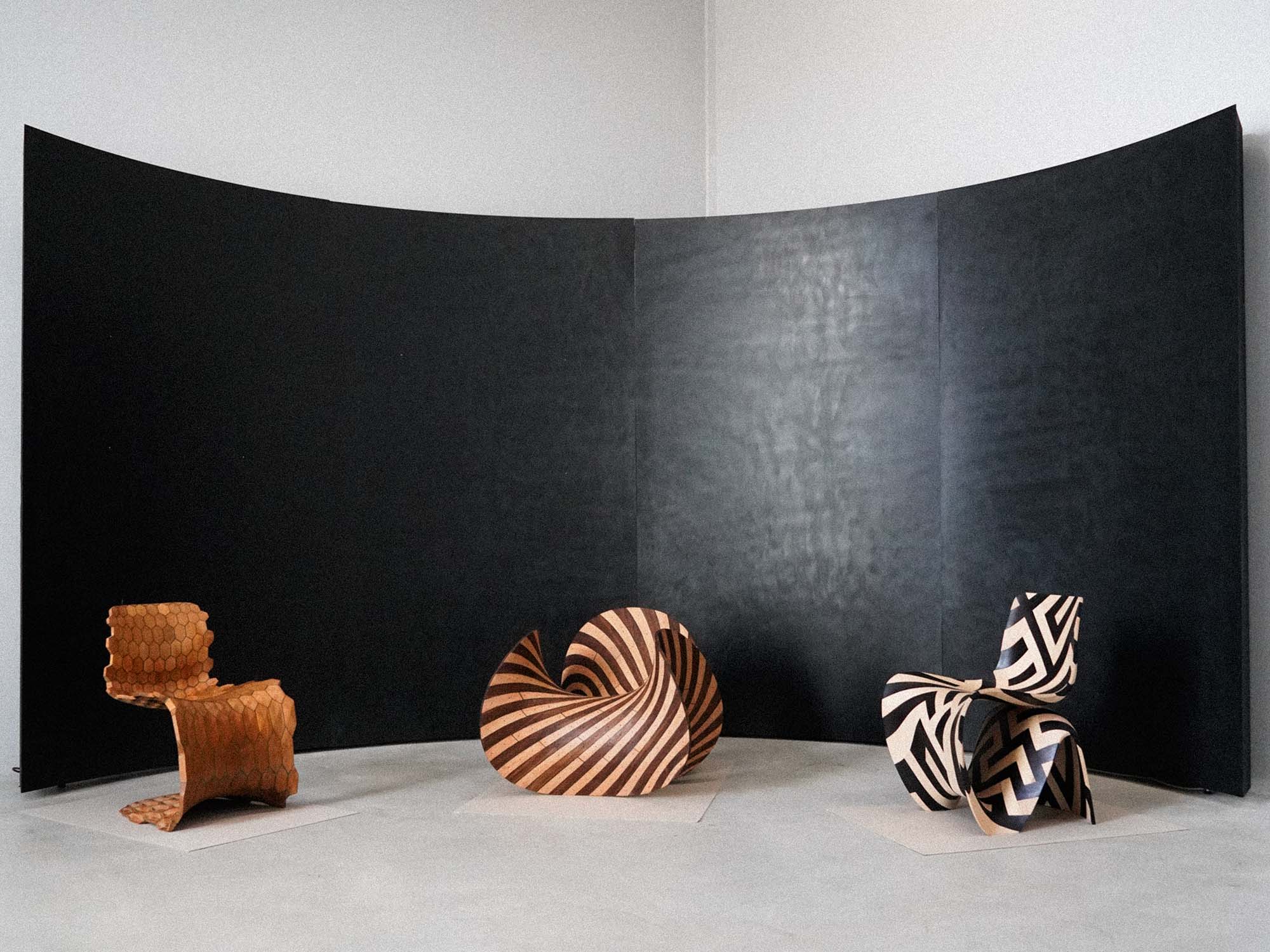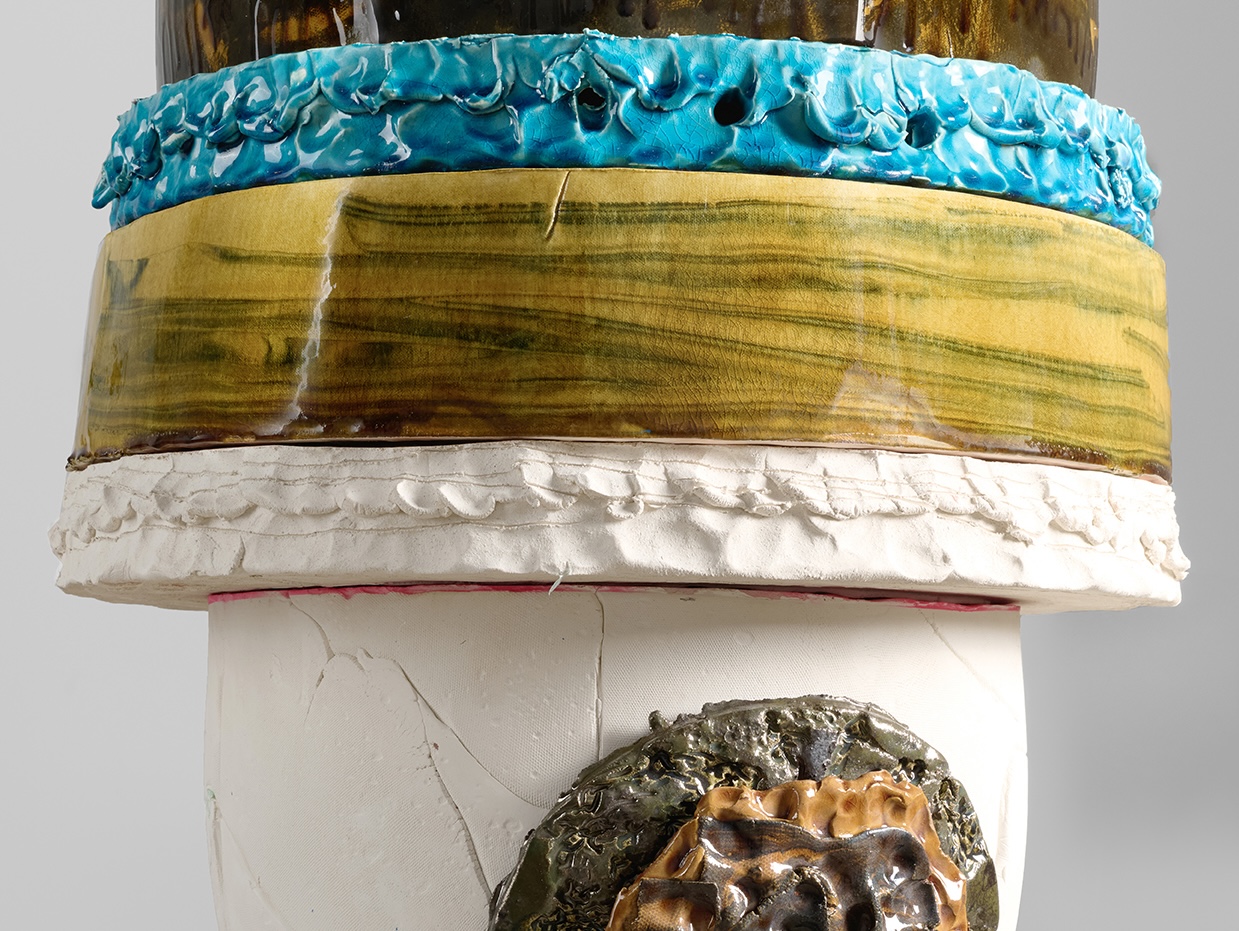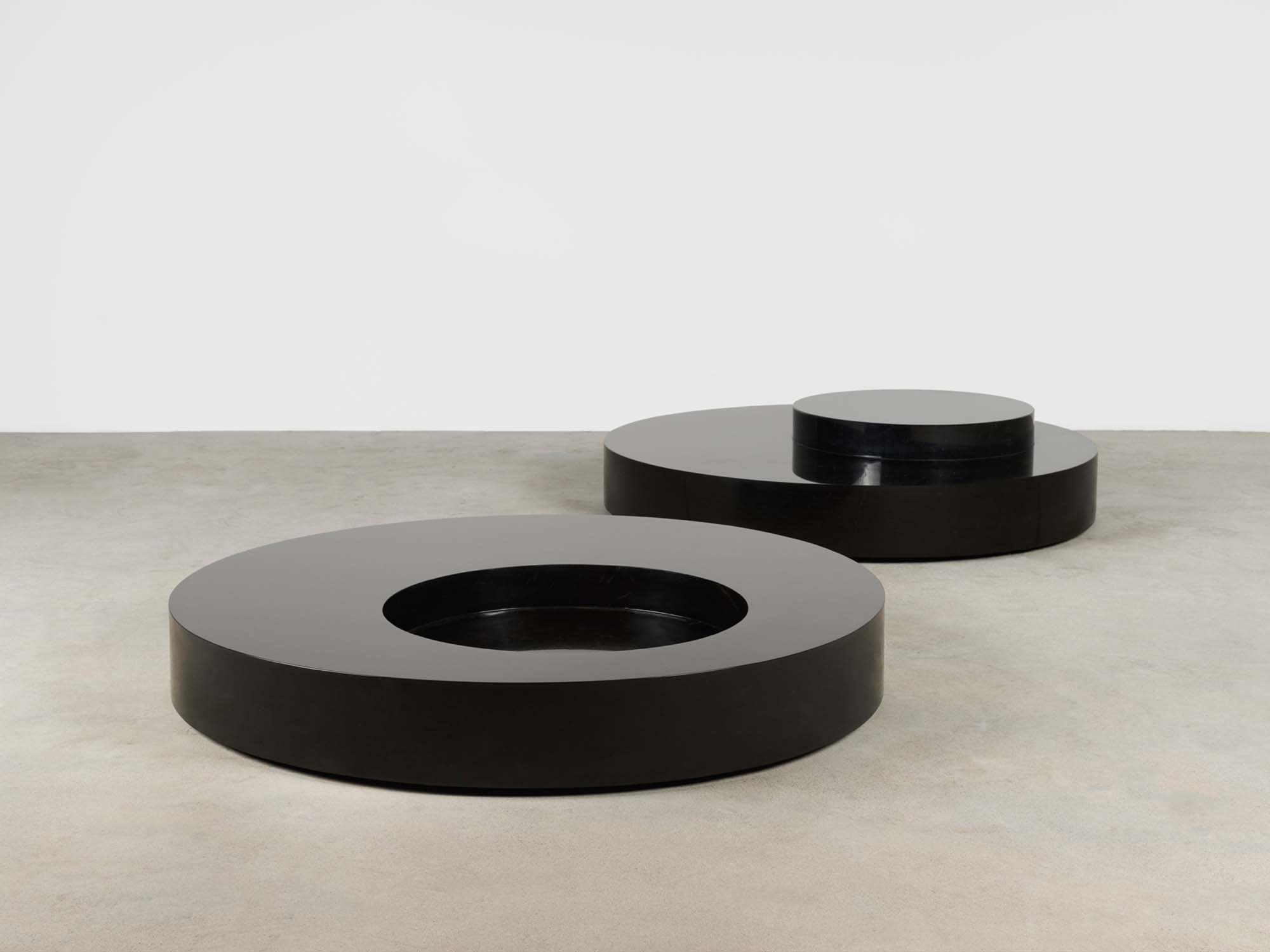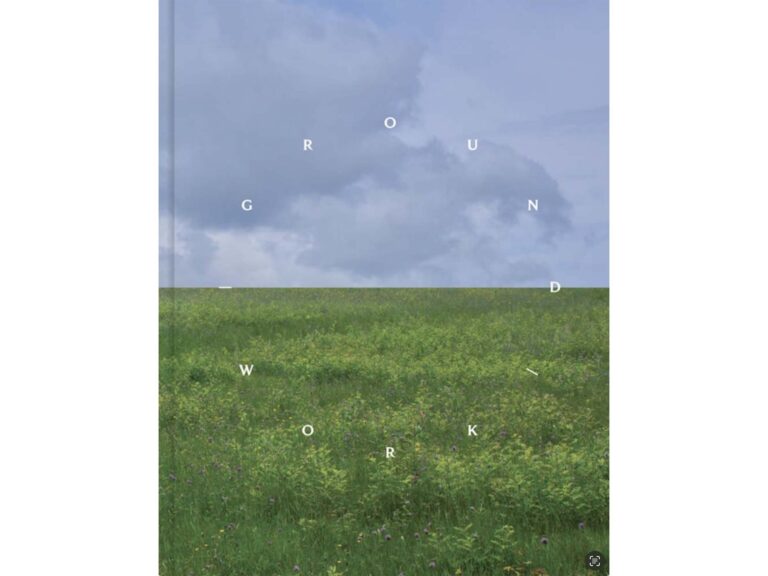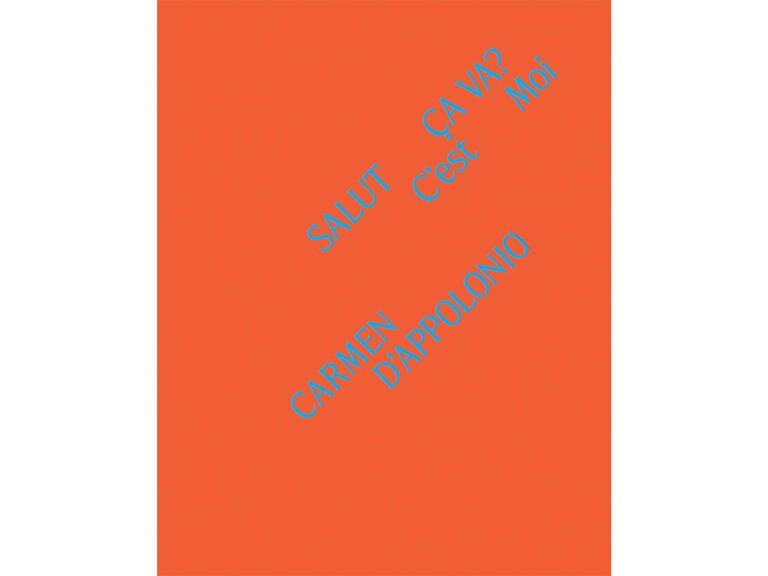By Glenn Adamson
Optimism: design can’t do without it. It is the very nature of the enterprise to put new forms, new ideas out into the world. In Friedman Benda’s new exhibition Under Present Conditions, you will see just this kind of positive energy on every side. The typologies are familiar – chairs, screens, shelving, and the like – yet they are recast in entirely novel ways, serving as vehicles for personal expression. Each, in its own way, is a talisman of hope.
This optimism, however, is anything but blind. Crisis: that is the word heard on all sides, these days, especially in relation to climate change. True, for many people, in 2024, life doesn’t feel like it is in crisis; not on a daily basis. Environmental degradation may be planetary in scale, but it is so incremental that it almost recedes into the background, until the latest hurricane or forest fire sounds the alarm. It’s all but impossible to be unaware of these existential threats; also, all but impossible to grasp their enormity, and hold them constantly in the mind. Designers experience that oscillation just like everyone does – maybe more so, as their work as object-makers stands in inherent confrontation with the reality of an over-full world.
So that is one thing – the expansive, yet strangely elusive, nature of the predicament in which we find ourselves. Another was pointed out by Ulrich Beck, in his prescient 1986 book Risk Society: Towards a New Modernity.[1] What he described was the emergence of a new form of power, directed toward the management of risk. Each company, each nation-state, tries to shield itself as much as possible from exposure to hazards like pollution, economic instability, military conflict, and political unrest. Their effects are shifted on to other people, and other places, whenever possible. Those who do live in centers of wealth and power (like New York City, where Friedman Benda happens to be located) are relatively protected, making it all too easy to put aside the sense of urgency – at least, for now.
In these gaps of temporality and consciousness, there is a role for design: this is the argument of Under Present Conditions. The designers included here choose not to turn away from contemporary challenges, leaving them for others to deal with; each, in their own way, carries a sense of great responsibility into their practice. Having said this, the show is not – let’s get this clear right away – a project about problem-solving. There may be a role for design in slowing the rate of climate change and ameliorating its long-term effects, but that requires huge scale and massive capitalization; looking to individual, studio-based designers for such solutions makes little sense. It imposes unreasonable expectations which are all too often met by inadequate virtue signaling – the latest chair that’s made of recycled plastic, but actually has a much higher carbon footprint than one from IKEA.
This is not to say that the designers included in Under Present Conditions are uninterested in the ecological dimensions of their practices. On the contrary, there are numerous investigations in the show that have been motivated by an impetus toward sustainability: biodegradable plywood, recycled oil drums, reclaimed agricultural waste, even a chair grown like a tree. Designers are constantly looking for new frontiers – this is what their optimism means, in practice – and the need for innovative material solutions is one of them. The works in the show are effectively materialized hypotheses, experiments in substance that yield unexpected formal outcomes. Again, none of these are necessarily proposed as mass-market solutions. Rather, they do what great design has always done: materialize sensibility into the mental furniture of the now.[2]
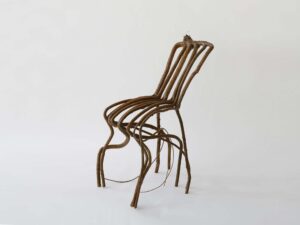
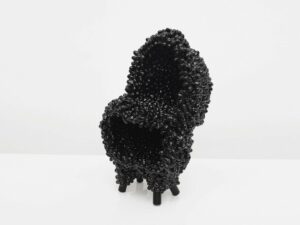
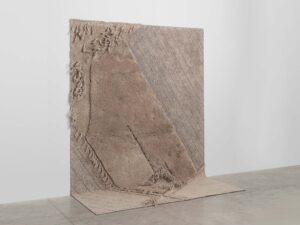
Design combines aspects of human experience in a way that no other discipline can. It is at once functional and aesthetic, technical and expressive, inherently familiar and provocatively futuristic. It is by resolving all these oppositions into new form that it achieves significance. This dialectical quality gives design unusual relevance, under present conditions. For it is precisely in bridging the gap between everyday life and the conceptual plane – the very separation which is so characteristic of our current crisis – that design can operate. Currently, this means embodying the two seemingly incompatible ideas of normalcy and emergency.
Another dichotomy that design synthesizes is that between the collective and the individual. It serves basic, and virtually unchanging, human needs (sitting, storage, illumination and the like) but is animated by creative vision, constantly building on past precedents. This dynamic seems especially important in Under Present Conditions, which includes twelve studios from almost as many different countries, each working in response to local circumstances, and in many cases, with locally resonant materials (flax, lava, coal, marble). Yet the exhibition has an undeniable unity, grounded in a certain resourcefulness – a sense that, though action from the top is absolutely essential, agency is also possible from the ground up.
The cumulative effect is poetic, a bit on the rough side, without the calibrated contours that typify modernist product design. Also absent are the slyly satirical, self-consciously superficial, and sometimes acidic notes associated with 1980s and ‘90s postmodernism. The works in Under Present Conditions tend, instead, to the earnest, the honest, the emotive. If they can be taken as representative – and I think they can, though design’s cultural-alchemical processing power – then we are undergoing a time of unusual directness. This, perhaps, is the clearest sign that they were created at a moment of emergency: a certain specific gravity, indexing the great weight of concern that impinges on us all, if not necessarily equally.
Another thing that design can do, when freed from narrowing commercial imperatives, is to point the way ahead. If Beck was right in his prognosis, and the “risk society” is real, then futurity is more and more a site of contestation. How tomorrow’s world is predicted, how we invest in it, how it is prototyped: these all have a critical impact on the present day. If industrial-scale design tends to tell the same predictable stories again and again, then the designers here, operating in their independent studios, make a contribution that is analogous to science fiction’s, as described by theorist Adrienne Maree Brown in her influential book Emergent Strategy: “a way to practice the future together.”[3] Avant-garde design is like science fiction, too, in that it is not necessarily inhibited by rational calculation. As Brown also writes, “Perhaps the most egregious thing we are taught is that we should just be really good at what’s already possible, to leave the impossible alone.”
In this exhibition, we do get the tenor of our precarious time, a set of deeply felt, thoughtful responses to the reality of our surroundings. There’s also something else, though: an imaginary turn; an appeal to intuition; not just vague hope, but an active defiance of the pessimism that the very concept of crisis implies. Will any of these designers save the world? Perhaps not; but they are part of why it’s worth saving in the first place.
[1] Ulrich Beck, Risk Society: Towards a New Modernity, trans. Mark Ritter (London: Sage Publications, 1992 [orig. pub. 1986]).
[2] I borrow this phrase from the designer Dan Friedman. See Mark Matchak, “Mental Furniture: The Gray Zone Between Functional Sculpture and Nonfunctional Design,” Pin-Up 24 (Spring/Summer 2018).
[3] Adrienne Maree Brown, Emergent Strategy: Shaping Change, Changing Worlds (Chico, CA: AK Press, 2017).
This essay was originally published in exhibition catalogue Under Present Conditions, Friedman Benda, New York, NY, May 2024.
